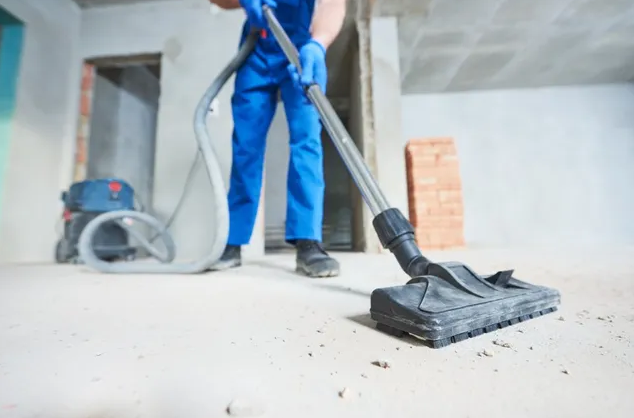Construction cleaning is not often on someone’s priority radar when they are considering remodeling or moving out of a home or an apartment. What people usually think about when moving to another space or in spiffing up an older place is the stress of moving everything around. Once you’ve done that, you’re all set, right?
The step that is missing involves what to do with all of the debris and other items that are left over when the construction crew clears out. What should be done with that mess?
Construction Cleaning and What It Means
Construction cleaning is quite different than a typical cleaning job because of the nature of the materials that need to be removed. This includes construction dust, stickers, glue residue, building scraps, and paint overspray, among many other things. Cleaning a construction site requires expertise as well as a variety of professional cleaning tools and techniques.
What exactly is used depends on the type of construction materials that need to be handled. Some toxic materials, such as asbestos, will need licensed cleaners. Cleanup tools include mops and buckets, Shop-Vacs with HEPA filters, plastic putty knife scrapers, and industrial cleaners.
Cleaning During the Construction Process
During the construction process, cleaners will perform what is called a rough clean. Debris and dust from the construction process will be removed, and a variety of other tasks will be performed. These tasks include removing excess caulking, paint overspray, and adhesive residue as well as cleaning windows, window frames, and light fixtures.
If the painters have yet to finish their job, the cleaners will only dust the walls and ignore minor smudges. All in all, the most important component of the rough clean is to clear away any potentially dangerous substances that may get in the way of the construction process.
Cleaning After Construction
After construction is completed, cleaners will engage in the final clean. In contrast to the rough clean, the final clean is very thorough and comprehensive. The process comprises every step of the rough clean, but they are followed in much greater detail. Blemishes and smudges are carefully removed, and floors will have their final finish at this stage so that the space is ready to be moved into.
A couple of weeks after the final clean, there may be dust that has settled in the property, requiring additional cleaning. This phase is called the touch-up clean and is similar to normal routine household cleaning. Dust is removed, and windows, walls, ceilings, and floors are cleaned again.
Cleaning during and after construction is often overlooked when people consider remodeling, but it is a crucial component of making sure that the renovated space is hygienic, clean, and safe for the owners to move into. Making sure that every step of cleaning is done thoroughly and effectively is important for ensuring an easy transition into the new space.

